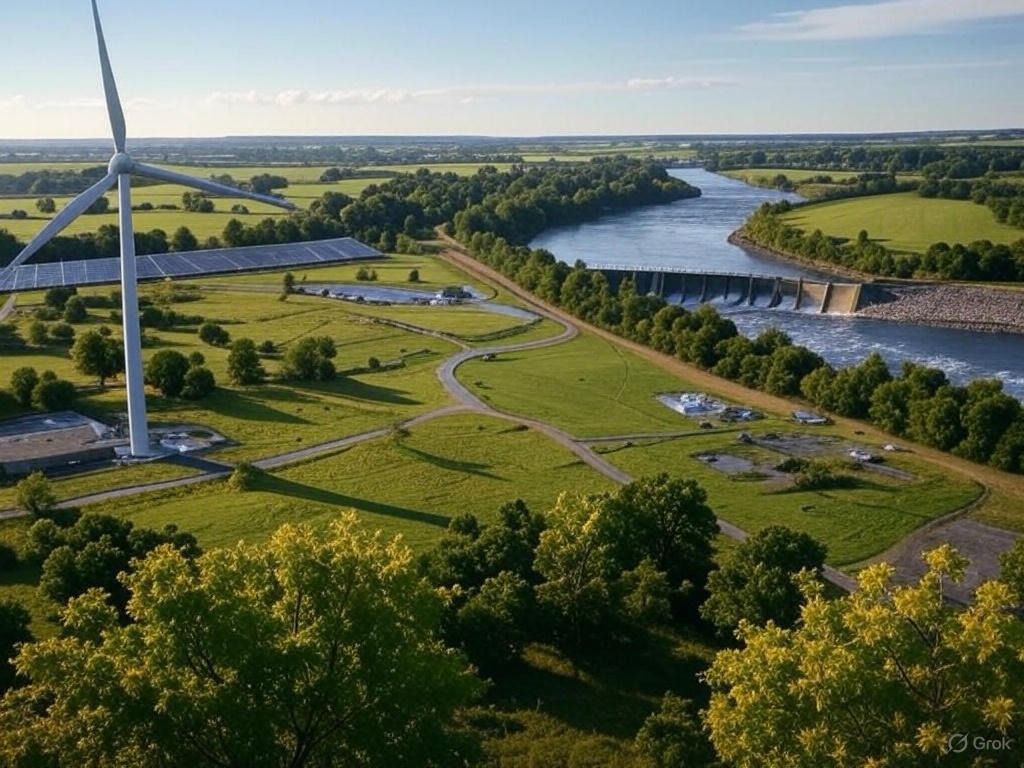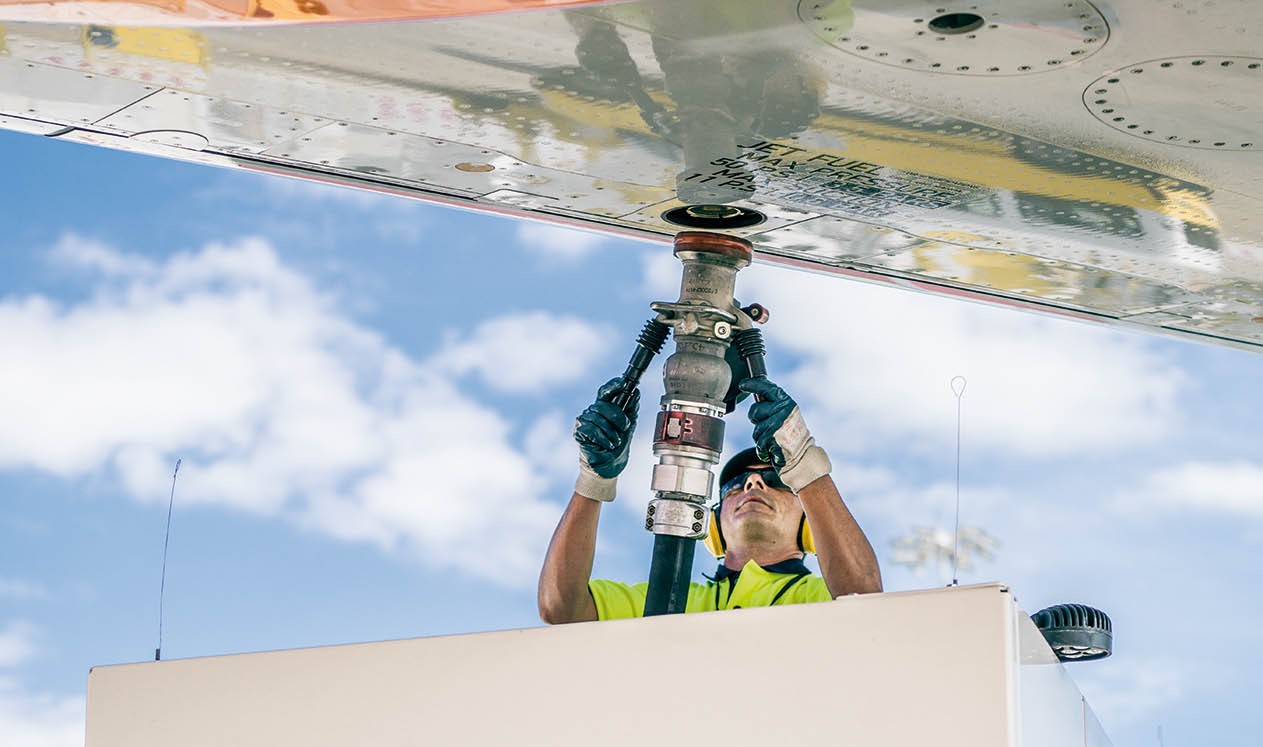
Natural resources such as nickel, lithium or rare earths are essential for an effective energy transition. However, due to the challenges that can be encountered during their extraction and commercialisation, obtaining them can be challenging.
Article authors:
Yolanda Moratilla, Researcher at the Rafael Mariño Chair in New Energy Technologies (Comillas-ICAI) and Chair of the Energy and Natural Resources Committee of the Spanish Institute of Engineering.
Susana Ortíz, Researcher at the Repsol Foundation Chair of Energy Transition (Comillas-ICAI).
Carlos de Miguel, Professor of the Energy Transition Chair at ICAI.
The European Union is currently in the midst of a process of renewal towards a cleaner, more sustainable and decarbonised energy system. A structural transformation that requires a constant, secure and sufficient supply of different raw materials, which are key to the construction of such important elements in this process as batteries, photovoltaic panels, electrolysers, hydrogen cells and wind turbines.
The problem is that these natural resources raise issues related to their scarcity, their extraction process and the accumulation of deposits in a few countries, which may threaten Europe's supply and, as a consequence, its progress in the energy transition.
What are critical and strategic raw materials
These are elements that are found in nature and are vital for the development of the economy, which is why they are in great demand, even though their supply is scarce or not guaranteed.
This situation is mainly due to two reasons; on the one hand, to the small amount of these resources in the environment, and on the other, to issues such as geopolitics or trade relations between countries. This is why these resources are categorised as critical and strategic, taking into account the imbalances between supply and demand that occur with them.
In the case of Europe, the European Commission publishes a report every three years in which it reviews the list of raw materials it considers essential. The following would be the list established for 2023, with the resources grouped according to the application sector in which they are needed.

Geopolitical aspects that may have an impact on commodities
One of the first problems we encounter when talking about the supply of these natural resources is that they are concentrated in just a few countries, which leads to the formation of monopolies. This is the case of Brazil with niobium, the Democratic Republic of Congo with cobalt or South Africa with platinum.
In addition to accumulation in a few hands, other problems include the lack of political and/or economic stability in many of these regions of material extraction, which can result in an insecure supply chain; and the failure to implement adequate measures in terms of human rights and the environment.
Another important issue is that in addition to having deposits within their territory, countries need to be able to have the necessary technologies to be able to process and transform the materials for use. A good example of this would be China, which, in addition to having the world's largest active deposits of rare earths, is also the main country in charge of processing critical materials from other regions, making it a key player in controlling supply flows.
With a market as inflexible as this one, other issues directly related to relations between countries will also come into play, such as politics or preferences when it comes to selling materials to certain states over others. These issues add to the instability of supply and make it difficult to access these resources in a fluid manner.

How critical raw materials impact on Spanish industry
As part of the European Union, our country also needs to have these fundamental raw materials to be able to supply its industries and achieve the energy transition objectives set. But unlike other states in the EU, our country does have a large number of indications of deposits of critical and strategic raw materials.
In fact, 99% of the strontium consumed in the European Union comes from Spain, and this is the raw material that we exploit the most in our territory.
It is worth highlighting the mining potential of the northwest of the peninsula in what is known as the "Iberian Belt". An area with a strong mining tradition, where there could be mainly wolfram and tin mineralisation, as well as cobalt, tantalum, niobium, molybdenum or bismuth. The problem is that the vast majority of these deposits are not being exploited, largely due to the social rejection that this type of activity tends to provoke.
The mobility sector in particular is an industrial sector that requires a large amount of minerals for its production processes. An electric vehicle not only needs lighter alloys to reduce its weight and to incorporate more and more electronic components for its batteries and motors, but also requires the implementation of a recharging infrastructure, which consumes a lot of elements, such as copper.
Proposals and solutions
The producion of critical and strategic raw materials in the EU is limited. Although some countries have mining industries, they are unable to meet the growing demand from countries within the European community. In order to reduce their high commercial dependence on foreign trade, initiatives such as the European Critical Raw Materials Act are being pursued with the aim of fostering the development of a viable and sustainable extractive industry in Europe.
Promoting self-production also implies establishing adequate regulation and raising public awareness to counteract the social opposition commonly associated with mining activity. This is especially true when the mining activity is based on generating the least possible impact on the environment.
In addition to taking advantage of our own resources, a basic pillar for reducing dependence on foreign countries is to favour the circular economy, including recycling, recovery and optimisation of resources in order to achieve an adequate level of well-being without wasting raw materials. Reducing demand in these ways can be a great help in easing market tension and a way to reduce the level of dependence on third countries.
In order to advance along this path, the European law establishes reference parameters in which it establishes, among other measures, that:
10% of raw material needs must be covered by extractions by 2030.
15% must come from recycling.
6 of the EU's annual consumption of each strategic raw material must come from a third country
Only by working effectively to solve the current problem in the chain of critical and strategic materials will the energy transition become a reality..

Our future is linked to the availability and security of supply of these highly demanded and essential natural resources.
This article is based on the following reports:
- Mineral resources for Spanish industry. Analysis of the new mobility. Authors: Yolanda Moratilla, Researcher of the Rafael Mariño Chair of New Energy Technologies (Comillas-ICAI) and Chair of the Energy and Natural Resources Committee of the Spanish Engineering Institute. Access to the report will be enabled during its presentation at the following event.
- Geopolitical aspects of relevant raw materials for the energy transition. Authors: Susana Ortiz, Carlos de Miguel. Access the article.



